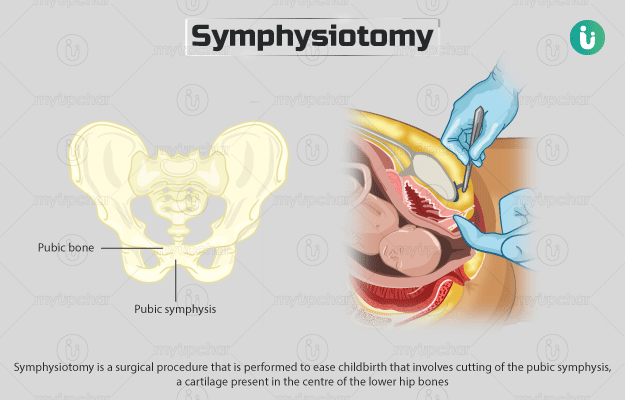Summary
Symphysiotomy is a surgical procedure that involves cutting of the pubic symphysis, a cartilage present in the centre of the lower hip bones. The surgery mainly carried out to increase the size of the pelvis and prevent complications during childbirth. Symphysiotomy is performed under local anaesthesia and as an alternative to caesarean section. During this procedure, the surgeon will cut the skin over your pubic symphysis until the cartilage is completely divided. You will need a hospital stay for a minimum of seven days after the procedure. Make sure to take proper rest and avoid doing strenuous activities for up to three months after the surgery.






































